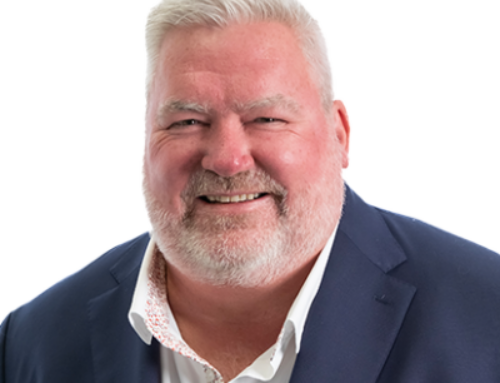Why vertical transportation?
Like many of us ‘lifties’, it was a family connection who sparked my interest in vertical transport.
My father’s a mechanical fitter in the lift industry with a passion for building and fixing all things mechanical and electrical. Growing up, I would regularly be helping him build something new in the shed or fixing something around the house. Naturally, I gravitated towards this profession. I thoroughly enjoy its good mix of electrical and mechanical components and understanding.
What’s the trickiest problem you’ve solved?
My father and I were assigned the repair of an incident which caused a counterweight to drop down a lift shaft, from approximately 30 floors up, and crash through the lift pit floor. It was a serious incident (thankfully no one was injured) that required carefully designed processes and procedures for the repair. The fact that I was able to work alongside my father to carefully plan and undertake the repair of this unique situation is a memory that will stick with me forever.
What’s vertical transportation myth you’d like to debunk?
The perceived understanding that ‘the lift dropped’ is something we commonly hear throughout the industry.
Lifts are designed with multiple safety mechanisms to prevent them from free-falling or dropping uncontrollably. Modern elevators include safety gears, dual independent braking, an uncontrolled movement device, counterweights and other emergency systems that ensure passenger safety. If a lift experiences a malfunction or power failure, these safety features will engage and prevent a sudden drop.
In most cases, it’s just the inertia or sudden change in motion during an emergency stop which is felt by the passenger which gives them a sensation of losing their stomach. The lift has usually rapidly stopped rather than dropped.
What do you do outside of work that helps fuel your creativity and commitment to engineering?
I have two young sons that keep me busy outside of work so a lot of time is spent with the family. However, I still enjoy fixing and doing electrical work for myself.
I’m a qualified electrician so when we recently completed a large renovation and extension to the family home, I designed and completed the electrical installation myself.
I’m also a keen snowboarder. I enjoy the occasional trip to the snow to breathe in the fresh mountain air with a panoramic view of snow-capped mountains. It really helps to recharge the batteries.
Which engineer has taught you the most?
I’ve been lucky enough to work with many talented lift engineers over the years and I’m very grateful for that. Most recently, joining NDY and working alongside John Carroll has been a pleasure. John’s expertise in new design and simulation and his willingness to teach and support others is commendable and I continue to learn from him every day.
What’s the biggest thing you’ve learned at NDY?
Working at NDY has taught me the importance of getting a building’s vertical circulation efficiency designed correctly during an early design phase. Efficient vertical transportation is essential to a building’s operation to prevent congestion and delays. Early design allows architects and engineers to plan the optimal number of elevators, their capacity and their distribution throughout the building to ensure occupants have a smooth and positive experience.
What professional relationships do you value the most?
My professional relationships with clients, colleagues, mentors and industry peers are all extremely valuable as they provide opportunities for knowledge sharing, collaboration and professional development.
If you could change one thing about the built environment, what would it be?
A lot of my time in the lift industry has been working on existing buildings. While demand for new buildings continues to grow in line with population numbers, I’m passionate about the reuse of existing buildings, how we can enhance these buildings with new technologies, all the while considering the reuse of materials and equipment to help reduce embodied carbon.
There has never been a more relevant time to start considering how we can reuse buildings and their existing systems by incorporating enhancements to improve overall efficiency and user experience.
What does Making Spaces Work mean to you?
Making Spaces Work is the process of designing and optimising spaces to fulfill their intended functions efficiently and effectively. It involves understanding the use of the space and needs of the users and stakeholders to incorporate appropriate technologies and systems to enhance productivity, safety and comfort. A well-designed vertical transport system is vital to making a multi-level space work, accessible and equitable for all users.










